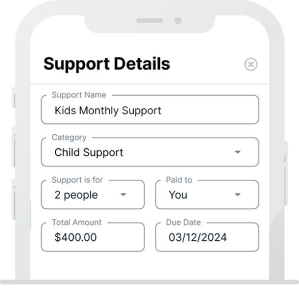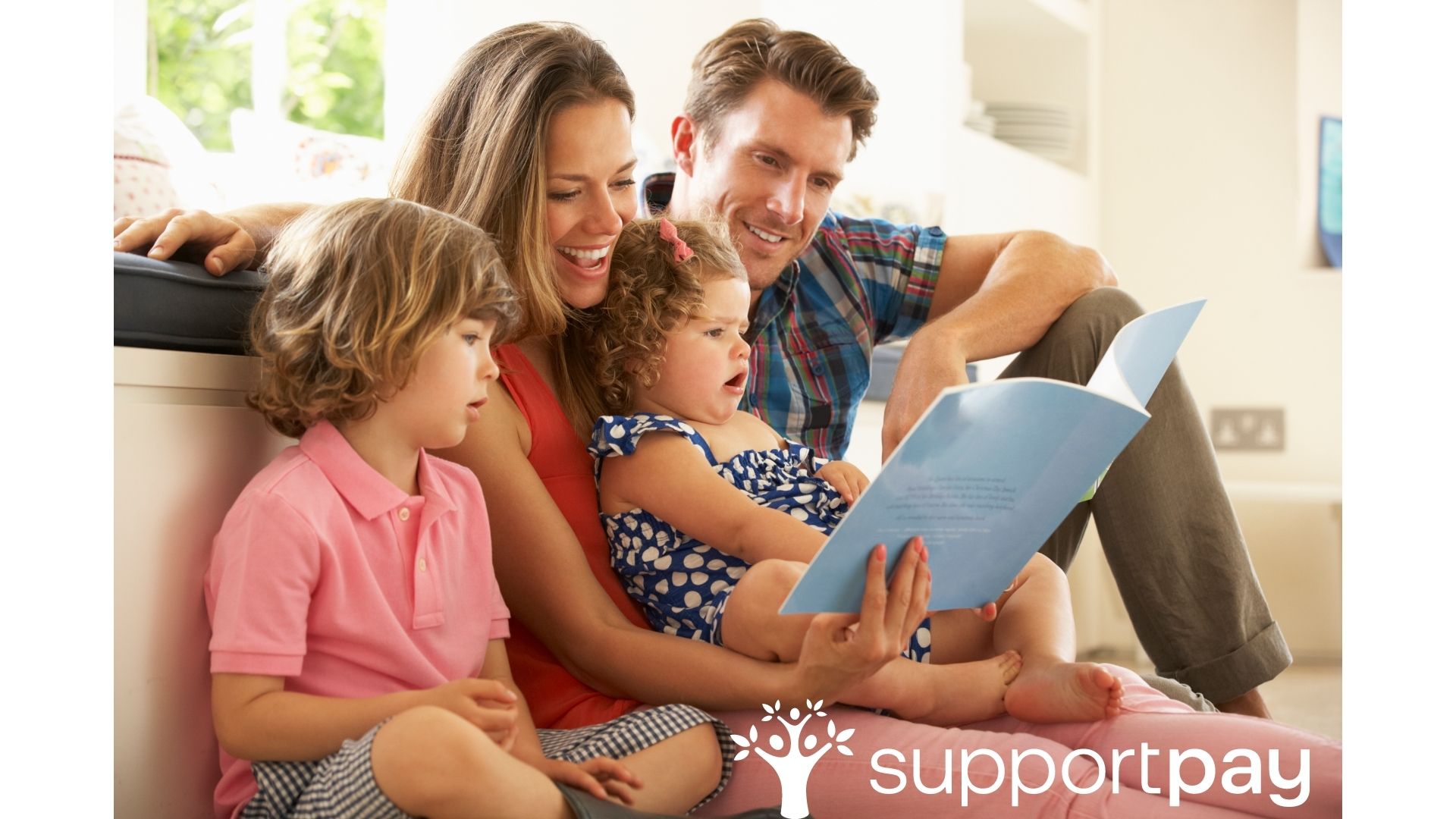Child literacy month is here – your child or children might love to read, may not look at books at all, or you may notice that their interest is waning and they are reading less than they used to – now is the time to find motivation and help them realize, or remember, the joy and benefits of reading.
It is a common phenomenon that children lose interest in reading as they grow older. Literary reading and reading for pleasure in the United States drops significantly among 15 to 24-year-olds. The last decades have shown this, and the rates are only increasing. This is where initiatives such as child literacy month have been created and why we at SupportPay endorse it.
Despite the downward trend of reading studies, getting a comprehensive picture of the habits of children and teens is no easy task. To begin with, there is no consistent measure of what constitutes “reading.” Is it only paper books? Or should one consider magazines, e-books or online reading. Parents across the country may have differing views about what counts as “reading,” but what’s important is to start thinking about this and talking to your children about it.
Whether your child reads a normal book or on a tablet, there are things that you can do to keep your child engaged:
– Be a role model. Let your child see how important reading is by doing it yourself. You are a role model to them and if you show that you like to read for readings sake, perhaps they will become inspired – maybe not now, but impressions may last and they may pick it up sooner at a later date, if not right away. Tell your child what you are reading, and what interests you about what you are reading – this has proven to be very helpful in the encouragement of reading.
– Schedule it. Try to build a routine, maybe reading to your kid/s at bedtime. Routine and regularity have been found to be very positive and stabile influences on helping children achieve something. It can work with reading as well.
– Keep reading to them. Many parents stop reading to their children. As your children get older, choose lfrom a more diverse pool of literary works. Perhaps it might be more complex than what they are used to, or maybe be something they wouldn’t choose for themselves, but how else is growth possible?
– Check out the library. Visiting the library can not only be fun, but can help children get more comfortable in this environment, and making it a positive experience will make them more likely to return. This could not be a better place to put child literacy month into action.
– Listen in the car. Instead of listening to the radio or music off of your device, try an audiobook or a podcast to bond and learn together on long, or short, trips.
– Books are always great gifts. Your children might not read it right away, but the memory of a present lasts a long time, and they may pick it up in later years. Everyone is different, and learning or rediscovering a love for reading can be a very beautiful thing.
– Encourage your children to write. Your children can write stories down or record them. Let them express themselves by writing, or even drawing, designing online or cataloguing.
– Don’t go 100% digital. Reading paper-based books can help us practice deeper reading. Online reading, with the fast paced scroll of a mouse, makes careful reading more difficult.
The research will continue on the relative value of what young people read (hardcover vs. kindle vs. Facebook), but in the meantime, there is another important factor we should remember: why they read.
It turns out that passion is the main reason for reading. Maybe the best way that we can help our young readers is to focus them on how fun it truly is. Let them choose – open them to all the possibilities and options out there. Child literacy month could be the motivation for you, for your children, for the world of reading that we can all explore.









